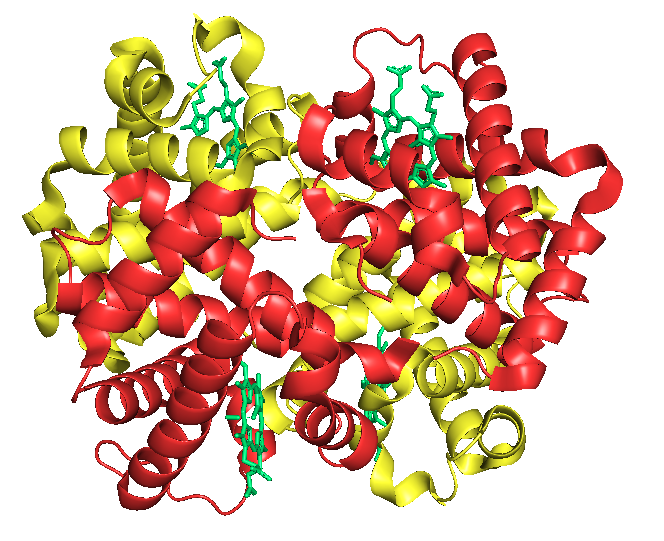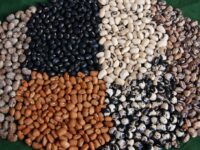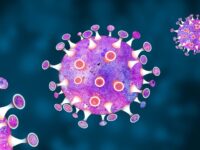Throughout the past century, the study of hemoglobin has revolutionized modern molecular medicine. Specifically, hemoglobin, an essential protein which gives blood its red color and is responsible for oxygen transport in vertebrates, has come to be better understood. Hemoglobin protein molecules in humans are primarily characterized by the folding of the amino acid chains which make them up. Approximately 70% of a human’s iron stores are found within hemoglobin. Iron is essential for the proper functioning of the immune system and for oxygen transport within the body. As scientists begin to further understand hemoglobin through genetic research methods, the origin of this crucial protein becomes a topic of significant interest.
Hemoglobin was first discovered in the 1840s by Friedrich Ludwig Hunefeld through an experiment in which several protein crystals were observed within earthworm blood samples under a microscope. Within the next 30 years, over 40 species of birds, fish, amphibians, and mammals had been identified which contained hemoglobin in their blood. In 1959, Max Perutz established the molecular structure of hemoglobin by using X-ray crystallography, which won him the 1962 Nobel Prize in Chemistry. Then, French scientist Claude Bernard revealed the role of hemoglobin in the blood to be essential for gas exchange.
Hemoglobin, an essential protein which gives blood its red color and is responsible for oxygen transport in vertebrates, has come to be better understood.
A major function of the vascular system is to facilitate gas exchange by transporting oxygen to the tissues while subsequently transporting carbon dioxide out of the tissues. As a result, patients suffering from low hemoglobin levels are at an increased risk of death and complications including heart failure. Furthermore, many patients with low hemoglobin levels also suffer from anemia, a condition where a patient has low red blood cell count, which leads to fatigue, dizziness, and potential heart failure.
On the other hand, unusually high hemoglobin levels come with several risks as well. Diabetes, cognitive impairment, dementia, atherosclerosis, heart disease, and depression have all been proven, through clinical research, to be potential consequences of high hemoglobin levels within patients. The causes of these changes in hemoglobin levels are widespread and range from alcoholism to pregnancy.
Researchers from Université de Paris and Sorbonne Université, in association with others at the University of Saint Petersburg and the University of Rio de Janeiro, have extensively studied a marine worm known as Platynereis dumerilii. Notably, this worm had evolved extremely slowly and showed that hemoglobin originated from a single gene. This discovery shocked the scientific community as it was presumed that hemoglobin was “invented” various times throughout evolution since there are so many diverse species that contain the protein. The research was primarily centered around the biological family of the hemoglobin protein known as globins, which exist in most species. It was later found that all species with red blood cells contain the identical gene named cytoglobin. Through evolution, Cytoglobin later transformed into a gene that encoded for the hemoglobin protein. Cytoglobin has also been researched as a potential gene therapy for cardiac fibrosis and cancer.
This discovery shocked the scientific community as it was presumed that hemoglobin was “invented” various times throughout evolution since there are so many diverse species that contain the protein.
There is still a lot to be discovered within this relatively unknown field of study. Through further study and experimentation, researchers aim to find more effective treatments for hemoglobin-related diseases. By analyzing and identifying the origin of hemoglobin, scientists can enter a completely different realm of research, as it is now evident Cytoglobin may potentially contain the answers to hemoglobin’s most thought-provoking questions.
Blood (2008). DOI: 10.1182/blood-2008-04-078188
BMC Ecology and Evolution (2020). DOI: 10.1186/s12862-020-01714-4
Comptes Rendus Biologies (2002). DOI: 10.1016/s1631-0691(02)01537-8






